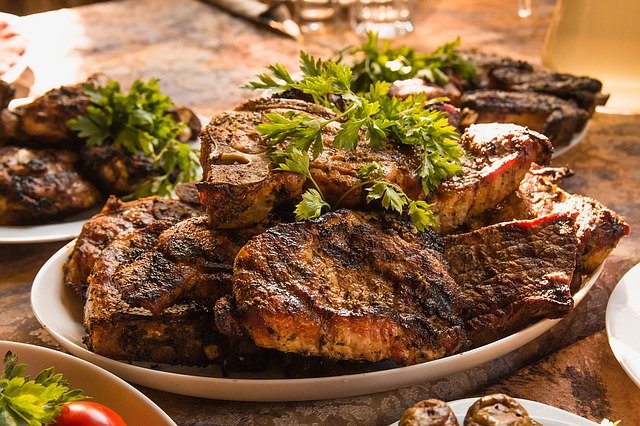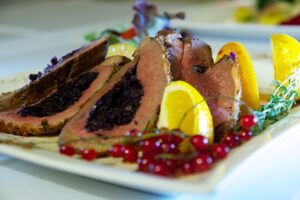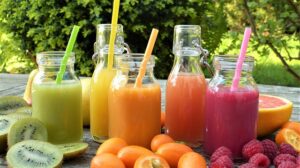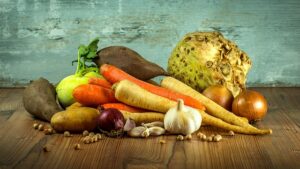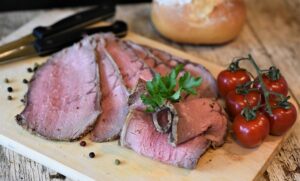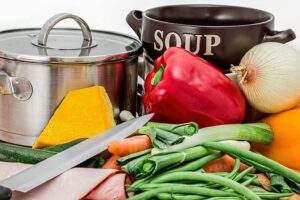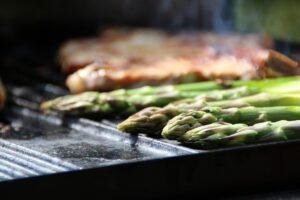Introduction
When it comes to maintaining a healthy diet, protein is an essential nutrient that plays a crucial role in various bodily functions. But what does 130 grams of protein actually look like? In this article, we will explore the sources and quantities of protein needed to reach this target, providing a clearer understanding of what a protein-rich diet entails.
Sources of Protein
Animal Sources: Animal products are often considered complete protein sources, meaning they contain all the essential amino acids our bodies need. Examples of animal-based protein sources include lean meats, poultry, fish, eggs, and dairy products. These sources are not only rich in protein but also provide essential vitamins and minerals.
Plant Sources: Plant-based protein sources are an excellent option for vegetarians, vegans, or individuals looking to reduce their consumption of animal products. Legumes, such as beans, lentils, and chickpeas, are great sources of protein. Additionally, soy products, quinoa, nuts, and seeds are also rich in protein and can be incorporated into a balanced diet.
Protein Quantity
To understand what 130 grams of protein looks like, it is essential to know the protein content in various foods. Here are some examples of protein quantities in common food items:
– A 3-ounce (85 grams) serving of chicken breast contains approximately 26 grams of protein.
– A 6-ounce (170 grams) serving of salmon contains around 34 grams of protein.
– A cup (240 ml) of cooked lentils provides about 18 grams of protein.
– A cup (240 ml) of Greek yogurt contains approximately 20 grams of protein.
– Two large eggs offer around 13 grams of protein.
– A cup (240 ml) of cooked quinoa contains about 8 grams of protein.
By incorporating a combination of these protein sources into your daily meals, you can easily reach the recommended daily protein intake.
Meal Examples
To give you a better idea of what a day’s worth of protein might look like, here are a few sample meals that add up to approximately 130 grams of protein:
Breakfast:
– 2 scrambled eggs (13g)
– 1 cup of Greek yogurt (20g)
– 1 slice of whole-grain toast with 2 tablespoons of peanut butter (8g)
– Total: 41 grams of protein
Lunch:
– Grilled chicken breast (26g)
– 1 cup of cooked quinoa (8g)
– Mixed vegetables sautéed in olive oil (3g)
– Total: 37 grams of protein
Dinner:
– Grilled salmon fillet (34g)
– 1 cup of cooked lentils (18g)
– Steamed broccoli (4g)
– Total: 56 grams of protein
Snacks:
– 1 ounce (28 grams) of almonds (6g)
– 1 cup of edamame (17g)
– Total: 23 grams of protein
By distributing your protein intake throughout the day and combining different protein sources, you can easily achieve your target of 130 grams of protein.
Conclusion
In conclusion, 130 grams of protein can be obtained from a variety of sources, both animal-based and plant-based. Incorporating lean meats, poultry, fish, eggs, dairy products, legumes, soy products, quinoa, nuts, and seeds into your diet can help you reach your protein goals. By spreading your protein intake across meals and snacks, you can ensure that your body receives the necessary amino acids for optimal health and function.
References
– Mayo Clinic: mayoclinic.org
– Healthline: healthline.com
– USDA FoodData Central: fdc.nal.usda.gov

